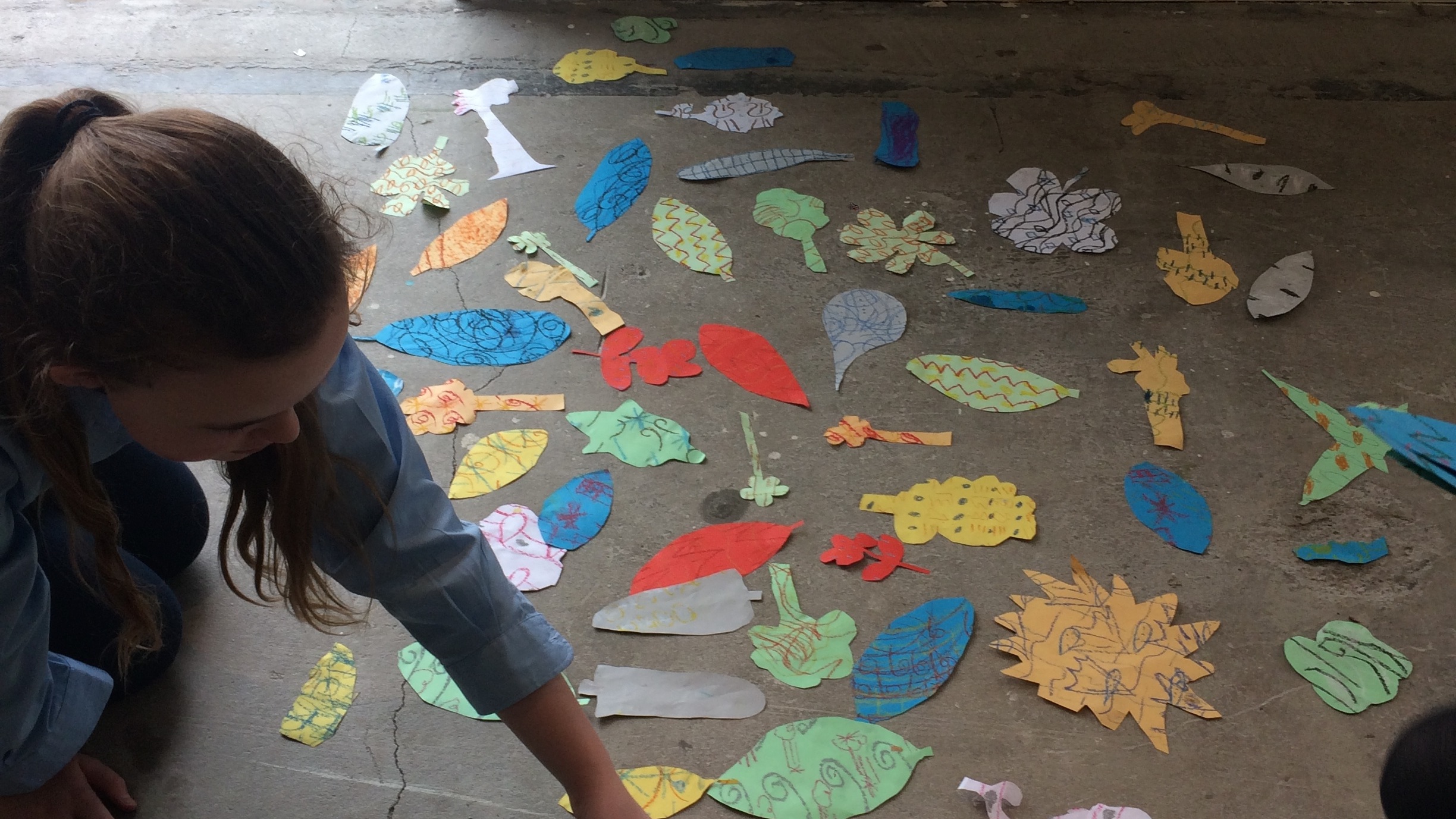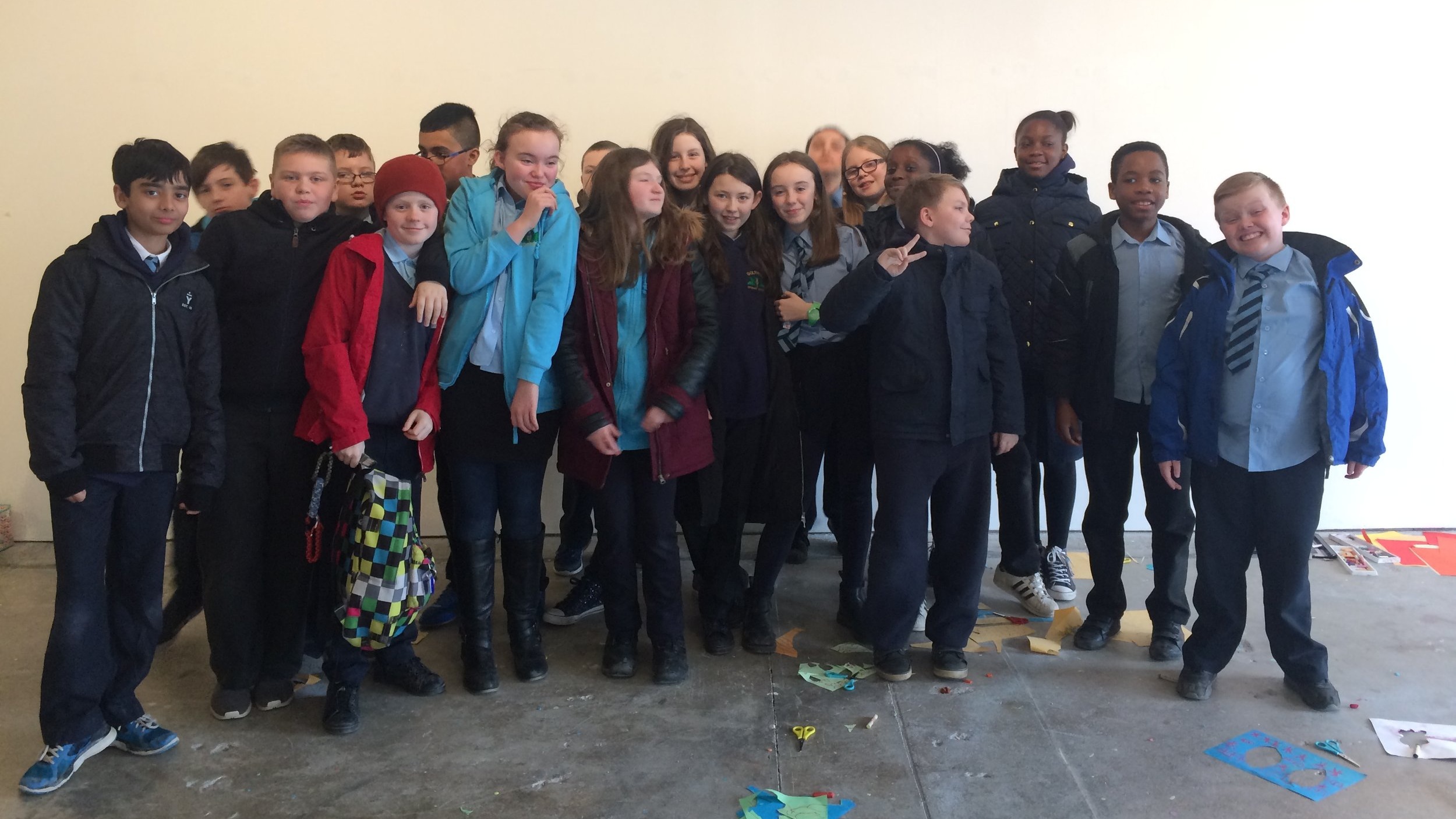the trail of the possil meteorite
The Trail of the Possil Meteorite was an arts trail across North West Glasgow in April 2017. The festival celebrated a unique cosmic event – the landing of a meteorite in North Glasgow on Thursday 5 April 1804. One of only four such objects ever found in Scotland, the meteorite marks Possil and Lambhill as special places within a global directory of meteorite landings. This historic event was explored through art, talks, film, performance, procession, and animation.
We invited artist Sally Hackett to work with primary school children from Golfhill Primary School and Saracen Street Primary to create a sculpture inspired by the Mexican Tree of Life which was exhibited at the Claypits nature reserve at Hamiltonhill as part of the arts trail.
The creation of Trees of Life are part of the pottery and ceramic traditions of central Mexico. Pottery in this area can be traced back to between 1800 and 1300 B.C. including clay figurines. Sally chose to explore this tradition in order to consider the imminent regeneration the Claypits and the traditional depiction of themes of utopia, epiphany, rebirth and fertility that the tree of life represents. The Mexican tree of life was historically used as a story telling tool, rich with spiritual imagery and narrative. Created in collaboration with local school children in the area, the tree represented the rich and diverse history of the site. Handmade objects like roe deer, indigenous flora, tenants cans, crisp packets and other objects representative of the fabric of this unique landscape will hang together.
The workshops focused on the human relationship to nature, including human need for interaction with green spaces, celebrating the potential and future of the Claypits. Each of the children created a small scale sculpture to contribute to this autobiographical Tree of Life.
The Claypits Nature Reserve follows the course of the Forth & Clyde Canal from the Firhill Basin to Applecross Street at British Waterways. The clay from here was used to make the watertight seal for the canal. The ‘borrow pit’ has since become home to wetland and willow scrub and is used by animals such as roe deer and waterfowl.
The site can be accessed via two points 214–248 Ellesmere Street, Glasgow or at the former ‘Canal Lock Keeper’s House’ at Applecross Gate at 5-7 Applecross Street G4 9SP.






